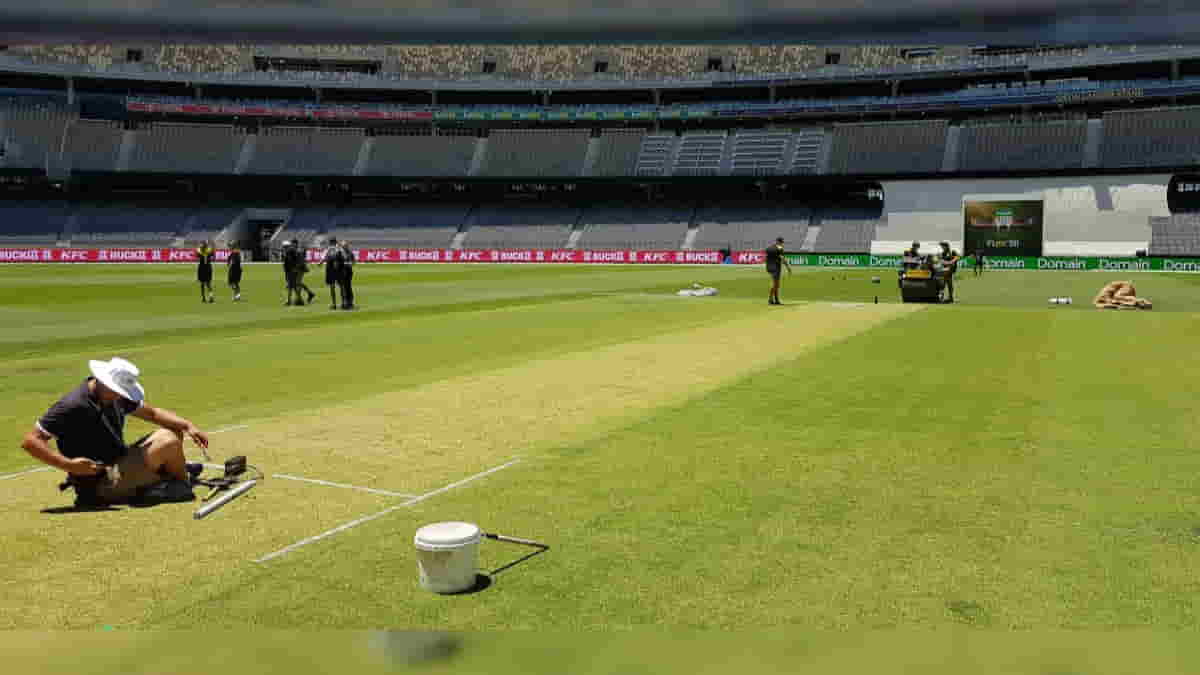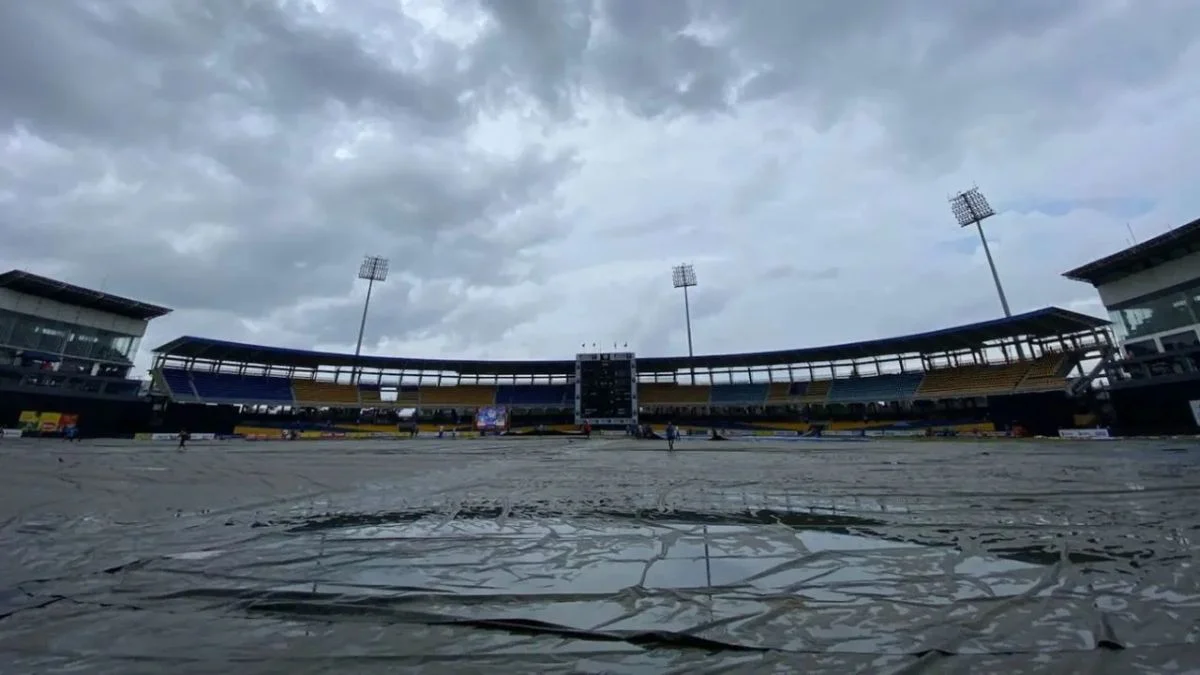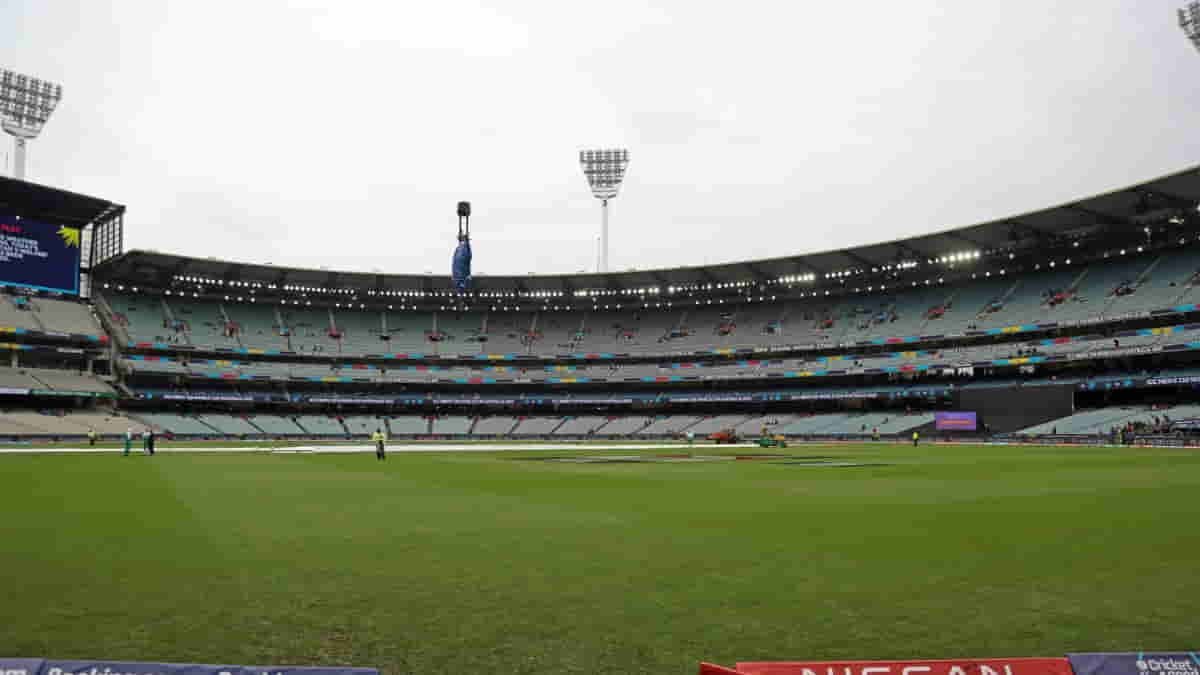
Factors that support bowling: In cricket, bowlers are often celebrated less than the batsmen. Batters are tagged as heroes of the game, whereas bowlers are tagged as the villains whose work is to restrict the heroes from reaching the target. Usually, it is seen that the batters lead the team from the front, and bowlers are there to help out the captain in whatever he/she desires.
It was rare to see a bowler captain in cricket until we saw the greatest all-rounder of all time, Kapil Dev, lifting the World Cup title in 1983 for the first time for India. After him, India had to wait for 24 years to lift the World Cup, when finally the finest captain of all time, MS Dhoni, led India to lift the 1st edition of T20 WC in 2007 and followed with winning the ODI WC in 2011 along with being the host.
Types of bowlers
Pace

Apart from right/left-handed, there are fast, medium, and quick pacers. For eg- Mark Wood
Spin

Apart from right/left-handed, there are:
Off-spinners- Who puts revs on the ball from the finger, for eg, Ravichandran Ashwin
Leg-Spinner- Who puts revs on the ball with the help of the wrist. Those who bowl wrist spin from left hand are called as left arm chinaman. For eg- Shane Warne.
Factors That Support Bowling In Cricket
Pitch Conditions:
Dry Pitch– Offers spinners an extra edge where the ball will get slow after pitching and will help them in getting a great amount of turn towards or away from the batsmen. Pacers can use cutters in these types of pitches to deceive the batsmen with the speed.
Green Wicket– This pitch is helpful for the pacers as the ball skids at a faster rate than on other pitches due to reduced restriction by the grass on the pitch. The speed of the ball, along with the bounce of the wicket, is lethal for the batsmen to face.

Usually with the red Duke’s ball, while wearing a helmet, it is really hard to sight the pitching of the ball on the pitch, and the time of arrival is also very fast, which puts the batsman in deep trouble.
Hard Pitch– This one is equally beneficial for both types of spinners and also for the batsman if the bowlers don’t bowl according to the pitch conditions. The bounce is high enough and unexpected for the batsman, even if the spinner is bowling, and the movement of the ball could vary due to the cracks on the pitches and the weather.
Weather Conditions:

Overcast– Often witnessed in England, this type of weather provides seamers an added advantage for the swing on the ball. It is usually observed that bowlers in the UK or England cricket grounds get a significant amount of swing movement on the pitch, which absolutely difficult for the batsman to face with the pace.
Sunny– This weather condition helps the spinners as the pitch completely dries off due to extreme heat from the sun, and batsmen struggling with the heat on the pitch face trouble tackling with degree of spin a bowler gets on the pitch. Spinners bowl usually slowly in these conditions, so that batsmen have to put extra energy.
Dimensions of the Ground:

Noticed in some stadiums of SENA countries where boundaries are over 80m and more also aids bowlers to bowl with freedom and experiment. If the square boundaries are short, then bowlers don’t have much option left to bowl with where whereas if the square boundaries and straight boundaries are big enough, then it’s easier for the bowler to experiment with different variations to get the wicket.
Outfields also plays major role in this, if the grounds have dense patchy outfield then the ball won’t travel at a faster rate, helping fielders to save a couple of runs for the team whereas if the slope of the ground is good and outfield is hard then it’s nearly impossible to stop the ball from boundary if it leaves the 30 yard.
ALSO READ: Cricket Records: Uncommon Achievements That Made History In The Game




